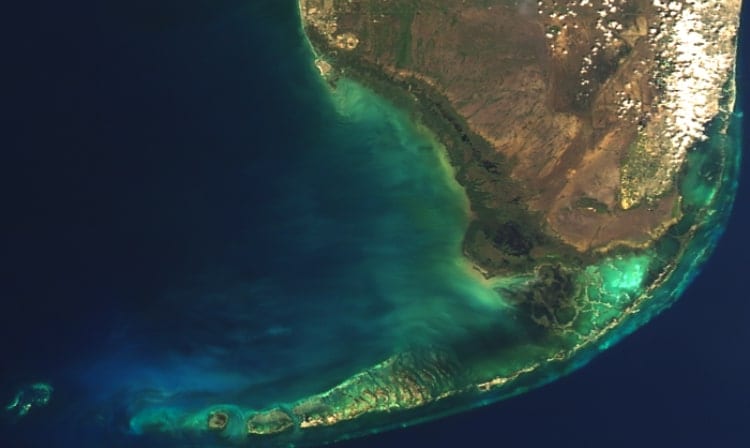New Collaborative Effort to Gauge National Marine Biodiversity
October 7, 2014
Woods Hole Oceanographic Institution (WHOI) researchers are part of a collaborative effort to understand and monitor changes in marine biodiversity within U.S. coastal waters. Marine biodiversity is a key indicator of ocean health and critical to sustaining natural resources such as fisheries.
The National Oceanic and Atmospheric Administration, NASA, and the U.S. Department of the Interior’s Bureau of Ocean Energy Management are funding three demonstration projects that will lay the foundation for the first national network to monitor marine biodiversity at scales ranging from microbes to whales.
The networks will be established in four locations: the Florida Keys; Monterey Bay and the Santa Barbara Channel in California; and on the continental shelf in the Chukchi Sea in Alaska.
Working with the University of South Florida and the Monterey Bay Aquarium Research Institute, WHOI scientists Scott Doney and Maria Kavanaugh will focus on biodiversity within two NOAA national marine sanctuaries in Florida and California. The Florida Keys and Monterey Bay national marine sanctuaries encompass a wide range of marine environments, including deep sea, continental shelves, estuaries, and coral reefs.
The project will use novel environmental DNA techniques, traditional oceanographic observations, and remote sensing to evaluate habitat diversity and to define the ecological state variables responsible for significant changes in biodiversity.
“Our main roles involve analyzing and interpreting satellite remote sensing data and integrating the satellite data and field data to examine how seascapes at both sanctuaries evolve over time,” Doney said. Seascapes are similar to the land-based concept of landscapes and capture the spatial footprint of physical, chemical and biological dynamics that influence individual organisms, populations and biological communities.
The Woods Hole Oceanographic Institution is a private, non-profit organization on Cape Cod, Mass., dedicated to marine research, engineering, and higher education. Established in 1930 on a recommendation from the National Academy of Sciences, its primary mission is to understand the ocean and its interaction with the Earth as a whole, and to communicate a basic understanding of the ocean’s role in the changing global environment. For more information, please visit www.whoi.edu.

